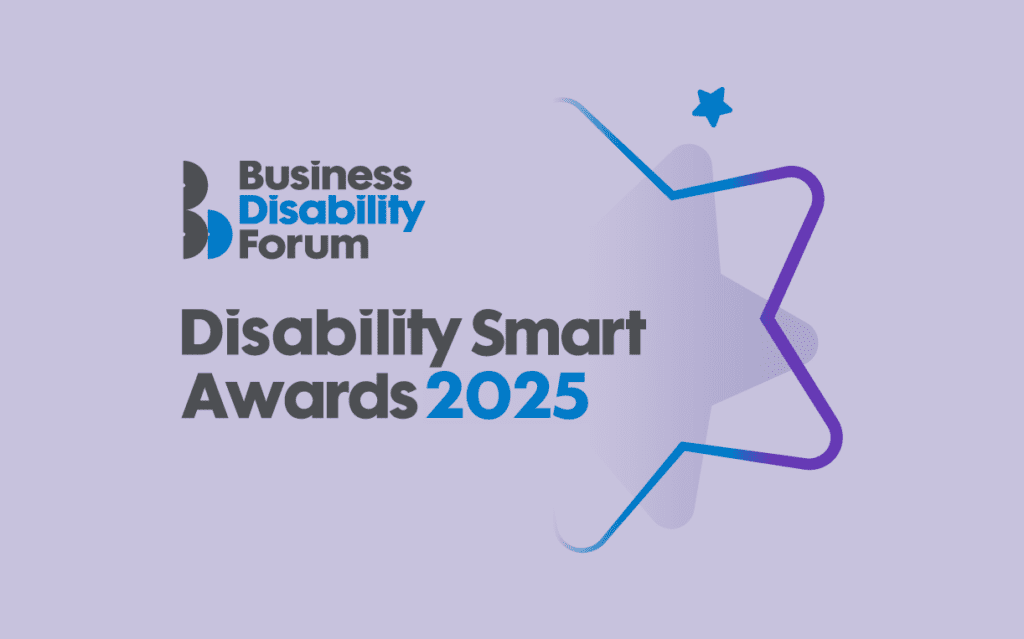What is a workplace adjustment?
A workplace adjustment is any change to the way someone does their job removes the barrier/s that someone is experiencing in the workplace and therefore enable them to do their job in the way that best suits them.
Workplace adjustments: A definition
A workplace adjustment is any change to the way someone does their job removes the barrier/s that someone is experiencing in the workplace and therefore enable them to do their job in the way that best suits them.
Common adjustments include assistive technology (such as speech-to-text software), adapted ergonomic equipment (such as a mouse or keyboard), different working hours or shift patterns, a fixed desk in a ‘hot desk’ environment, or communications support (such as British Sign Language interpretation).
The key advice we give to employers is not to focus on a medical diagnosis, but on the issues someone is experiencing and how to resolve them. We often say that disabled people are the experts in their own condition and so, when they know what will help them, trusting them is key.
Why not ‘reasonable adjustments’?
The duty on employers to make reasonable adjustments for disabled job applicants and employees comes from the Equality Act 2010. This legislation, its statutory employment guidance, and UK employment case law give us a framework for identifying what constitutes an adjustment that is ‘reasonable’.
Increasingly, though, employers have shifted away from the legal terminology of “reasonable adjustments” to the phrase “workplace adjustments”. This is because identifying “reasonable adjustments” can be an overly legal or clinical process for disabled employees and their employers. The focus should instead beyond supporting employee’s needs. “Workplace adjustments” is broader and more inclusive. It allows employers to extend adjustments to anyone who needs to change the way they work in a variety of situations, not just those named specifically in the Equality Act.
What are ‘everywhere adjustments’?
Everywhere adjustments refer to the equipment, adaptations, or support that disabled people use in every area of their lives, not just in the workplace. Everywhere adjustments are needed at home, when out in public, socialising, and when at work. They are needed in every area of their life.
Although everywhere adjustments are not provided by someone’s employer, the employer may have to make changes to the workplace or working environment to allow someone to use their everywhere adjustments while they are at work.
Examples of everywhere adjustments include assistance animals, mobility aids, Blue Badges, medications and treatments.
You can read more about definitions of different types of adjustments on pages 16-19 of The Great Big Workplace Adjustments Survey 2023.
If you require this content in a different format, contact enquiries@businessdisabilityforum.org.uk.


